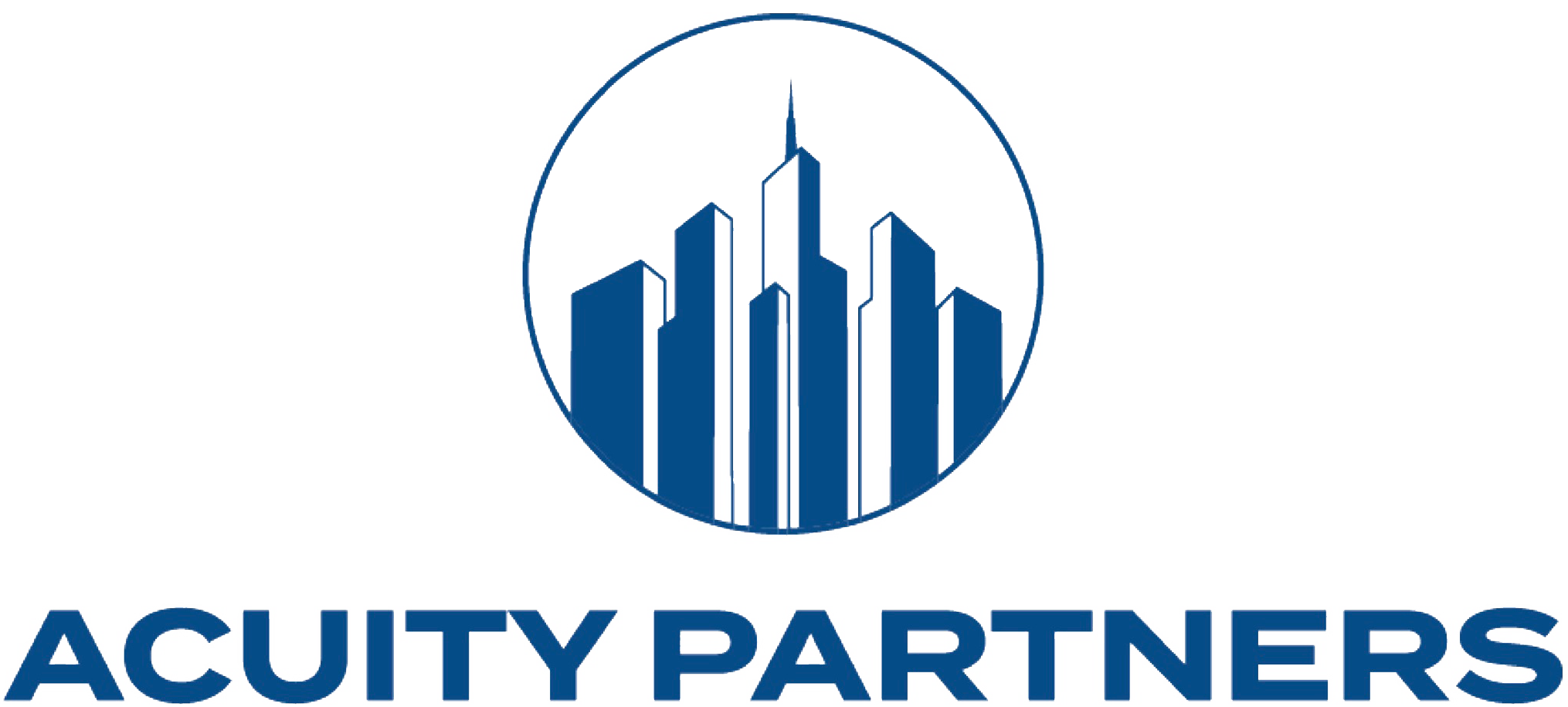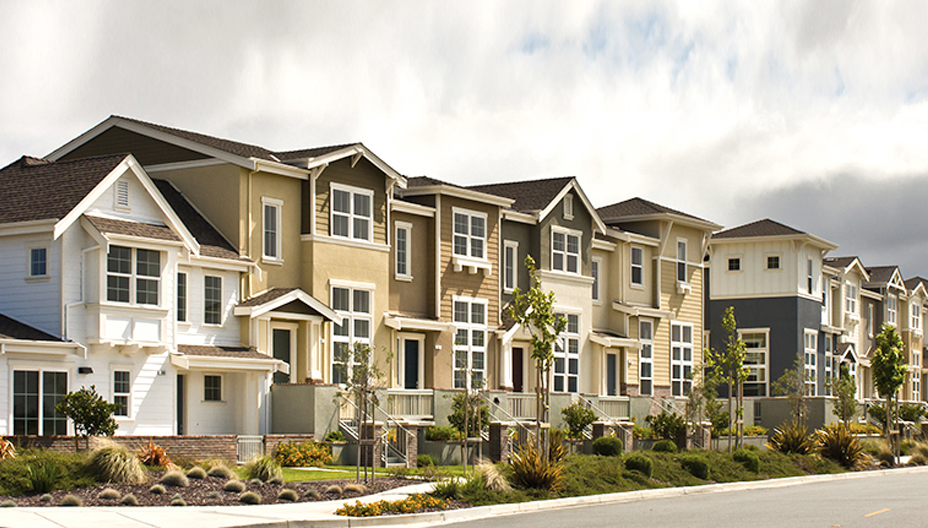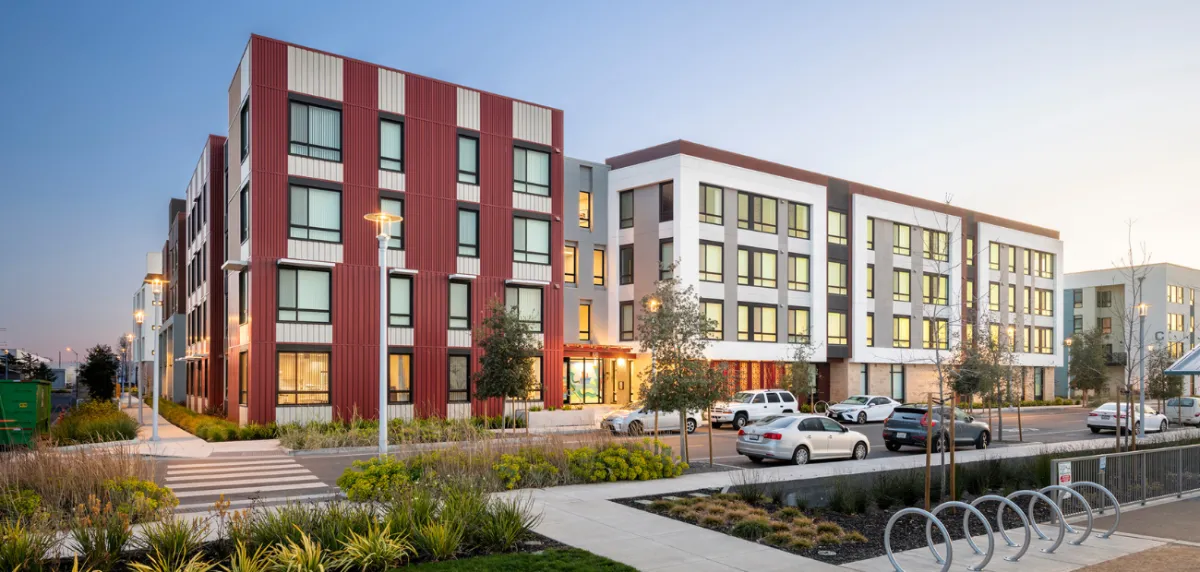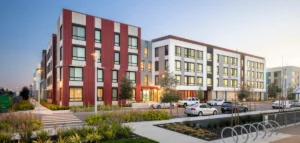By Kelsi Maree Borland | December 09, 2020 at 08:02 AM
Before the pandemic, remote work was already growing in the US. In 2019, work-from-home employees accounted for as much as 11.9% of the total labor market. During the pandemic, that number has shot up to 35%, according to a new report from Newmark. While most of these workers will return to the office once the pandemic ends, it is clear that the remote-work segment of the market will grow significantly.
Growth of the remote work market segment will trigger several new trends in multifamily. Research from Newmark found that multifamily owners are increasing floor plans from a standard of 65 feet to 75 feet to create more flexible spaces, such as units that feature one-bedroom plus a den. According to the survey, 14% of current apartment units are being reworked to better accommodate work-from-home needs and developers are adding more outdoor space with balconies to meet the needs of workers that stay home.
Apartment changes will likely also include new amenities. During the last cycle, scaled apartment building amenities were the hottest trend in multifamily. With concern over shared spaces and the need for more in-unit functionality, property owners are reconsidering those amenities in favor of co-working spaces—for when it is safe to return to shared areas—with nooks and pods to provide individualized spaces, balconies for outdoor space accessible from the unit and quality technology support including high speed Internet and cell phone coverage that will support employees that work from home.
Larger units are also at the top of the list for multifamily developers and owners. Work-from-home policies have triggered an exodus from urban markets to the suburbs as employees look for more space. Configurations like one-bedrooms with a den had fallen out of popularity, but are rebounding as a way to provide more space to remote workers. These units will be a lower cost that a two-bedroom unit while providing more space. Nooks and alcoves are also making more of an appearance to give residents spaces to work while keeping costs down.
While many developers are already making these changes, the report also recommended being vigilant about reacting too quickly to new trends, since there remains market uncertainty. Instead, it advises developers, particularly those with properties under construction, to make incremental changes to unit mixes and amenities as new needs of residents are still emerging.
Indeed it is clear that remote work trends are also still emerging. S&P Global Market Intelligence’s Digital Pulse survey found that 64% of companies plan to increase remote work policies following the pandemic, and smaller companies were more likely to transition to permanent work-from home models. Companies with fewer than 1,000 employees found that 100% of the work staff could work remotely in the long term. However, there are also signs that enthusiasm for remote work is fading. A survey by Vocon from September found that there has been a 40% decrease in productivity since the start of the remote work model during the pandemic and 25% of employees report work-from-home fatigue.
SOURCE: GlobeSt












